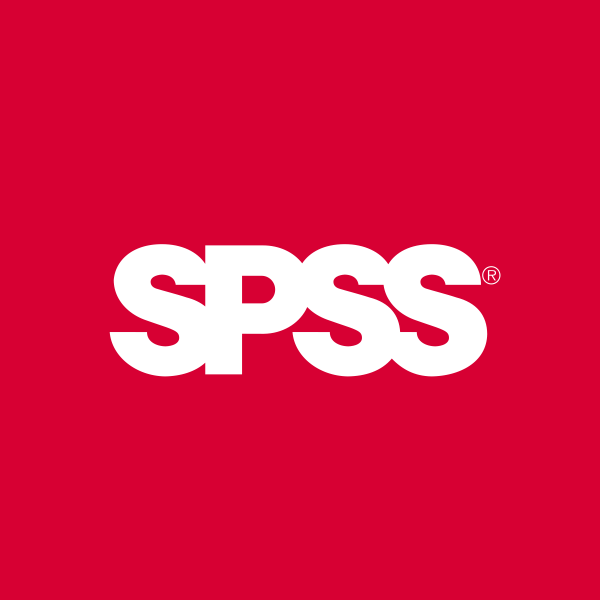IBM SPSS Forecasting
Two minute module overview
What’s in the Forecasting module?
Reliable forecasts can have a major impact on your organisation’s ability to develop and implement successful strategies. Unlike spreadsheet programs, IBM SPSS Forecasting has the advanced statistical techniques needed to work with time-series data regardless of your level of expertise.
- Analyse historical data and predict trends faster, and deliver information in ways that your organisation’s decision-makers can understand and use
- Automatically determine the best-fitting ARIMA or exponential smoothing model to analyse your historic data
- Model hundreds of different time series at once, rather than having to run the procedure for one variable at a time
- Save models to a central file so that forecasts can be updated when data changes, without having to re-set parameters or re-estimate models
- Write scripts so that models can be updated with new data automatically
- Operating systems supported: Windows, Mac, Linux
IBM SPSS Forecasting is the SPSS time series module. A time series is a set of observations obtained by measuring a single variable regularly over time. Time series forecasting is the use of a model to predict future events based on known past events. Examples of time series forecasting include:
- Predicting the number of staff required on each day for a call centre
- Forecasting the number of patients visiting the accident and emergency department
- Predicting demand for a gas or electricity supplier
- Estimating passenger numbers for a train company
Unlike regression techniques, in time series each of the cases are related to each other, as they represent the same phenomena over time. For this reason, the time factor, is in itself, a predictor of the dependent variable. In other words, in time series, the past provides a model for the future. Although independent variables are not essential, time series analysis can make use of these predictor fields to increase the accuracy of the predictions. Examples of this may include using future promotional spend to help predict next month’s sales of a soft drink.
A crucial feature of the IBM SPSS Forecasting module is the Expert Modeller. Rather than defining the parameters and settings of time series models manually, the Expert Modeller automatically identifies and estimates the best-fitting ARIMA or exponential smoothing model for one or more dependent variable series. Although users can specify a custom ARIMA or exponential smoothing model manually, Expert Modeller eliminates a great deal of the trial and error associated with doing so.
A further aspect of the Forecasting module is the Apply Time Series Models procedure which applies an existing time series model to the active dataset. This allows you to obtain forecasts for series for which new or revised data are available, without rebuilding your models.
The Forecasting module also includes two other time series procedures:
- Seasonal Decomposition: This procedure decomposes a time series into a seasonal component, a combined trend and cycle component, and an “error“ component. The Seasonal Decomposition procedure can be used to remove any systematic seasonal variations.
- Spectral Plots: This procedure is used to identify periodic behaviour in time series. Instead of analysing the variation from one time point to the next, it analyses the variation of the series as a whole into periodic components of different frequencies.
Buy the Forecasting module online
-
 IBM SPSS Forecasting Authorized User Perpetual License + SW Subscription & Support 12 Months£1,911.00
IBM SPSS Forecasting Authorized User Perpetual License + SW Subscription & Support 12 Months£1,911.00 -
 IBM SPSS Forecasting Concurrent User Perpetual License + SW Subscription & Support 12 Months£4,796.00
IBM SPSS Forecasting Concurrent User Perpetual License + SW Subscription & Support 12 Months£4,796.00 -
 IBM SPSS Forecasting Concurrent User Fixed Term License + SW Subscription & Support 12 Months£2,121.00
IBM SPSS Forecasting Concurrent User Fixed Term License + SW Subscription & Support 12 Months£2,121.00 -
 IBM SPSS Forecasting Authorized User Fixed Term License + SW Subscription & Support 12 Months£842.00
IBM SPSS Forecasting Authorized User Fixed Term License + SW Subscription & Support 12 Months£842.00

